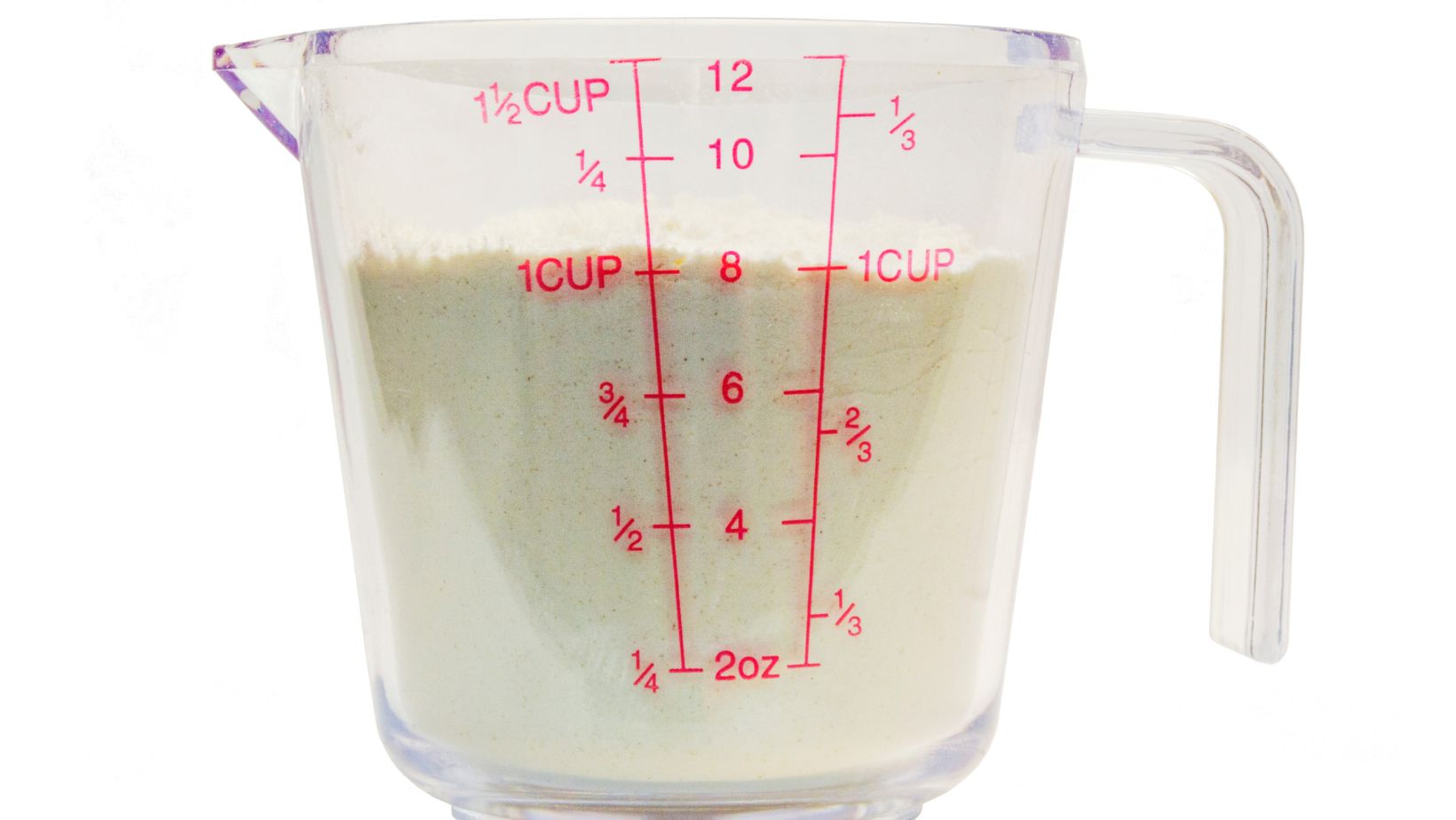How Many Pounds in a ML: Unraveling the Conversion Mystery

I’m often asked, “How many pounds are in a milliliter?” Well, let’s dive into that. It’s important to note right off the bat that pounds and milliliters are units of measurement from two different systems: Imperial (or U.S. customary) and metric, respectively.
Pounds measure weight while milliliters measure volume, which makes it challenging to directly convert one into the other. The conversion depends on the substance being measured because different substances have different densities. For example, 1 ml of water weighs approximately 0.00220462 pounds under standard conditions.
So, if you’re looking for a direct answer without any specific context or substance involved, I’m afraid there isn’t one definitive answer to the question of how many pounds are in a ml. However, I’ll guide you through understanding this concept more clearly as we move forward with this article.
How Many Pounds in a ML
We’re diving into the world of units today, folks. Specifically, we’re dissecting the difference between pounds and milliliters. It may seem like a simple question, but it’s actually a bit more complex than you might think.
To kick things off, let’s get our definitions in order. A pound is a unit of weight used primarily in the United States (other places use kilograms). It measures how heavy an object is. On the flip side of this equation, we have milliliters. A milliliter is a metric unit that measures volume – it tells us how much space something takes up.
Here’s where things can get tricky: these two units aren’t directly comparable because they measure different things – one measures weight, and the other measures volume.
To illustrate this point further, consider water as an example:
- 1 pound of water equals approximately 453.59 grams.
- 1 milliliter of water weighs about 1 gram.
So if we were to convert directly from pounds to milliliters for water:
- 1 pound = approx. 453.59 mL
However, keep in mind that this conversion only works for water because its density happens to be close to 1 g/mL at room temperature. For other substances with different densities (like oil or sugar), the conversion would be different!
Thus far I’ve shown you how complex converting between these two measurements can be! And while there isn’t really a straight answer to ‘how many pounds are in a ml’, I hope I’ve clarified why that’s such a loaded question!
Conversion Factors Between Pounds and Milliliters
Diving headfirst into the world of measurement conversions, it’s essential to understand that pounds (lbs) and milliliters (ml) are units from two separate systems. While pounds belong to the imperial system commonly used in the United States for weight, milliliters are a metric system unit used worldwide for volume. It might seem like we’re comparing apples to oranges here, but there’s a common ground – density.

Let’s make this tangible with an example. Suppose we’re dealing with water, which has a known density. One milliliter of water weighs pretty much close to one gram under normal conditions. And since we know that 1 pound is approximately 453.592 grams, we can say that one pound of water is about 453.6 milliliters.
But remember folks; it’s not always this straightforward! Not all substances share the same density as water. Consider olive oil; its density is lower than that of water. Hence if you weighed a pound of olive oil, you’d find it takes up more space: around 591 ml!
So if you’re trying to convert between pounds and milliliters, remember – always factor in the substance’s density! A quick google search will usually yield this info.
And there you have it – your crash course on converting between pounds and milliliters! But don’t forget: while these principles apply universally, real-life measurements may vary due to factors such as temperature or pressure changes affecting substance densities.




